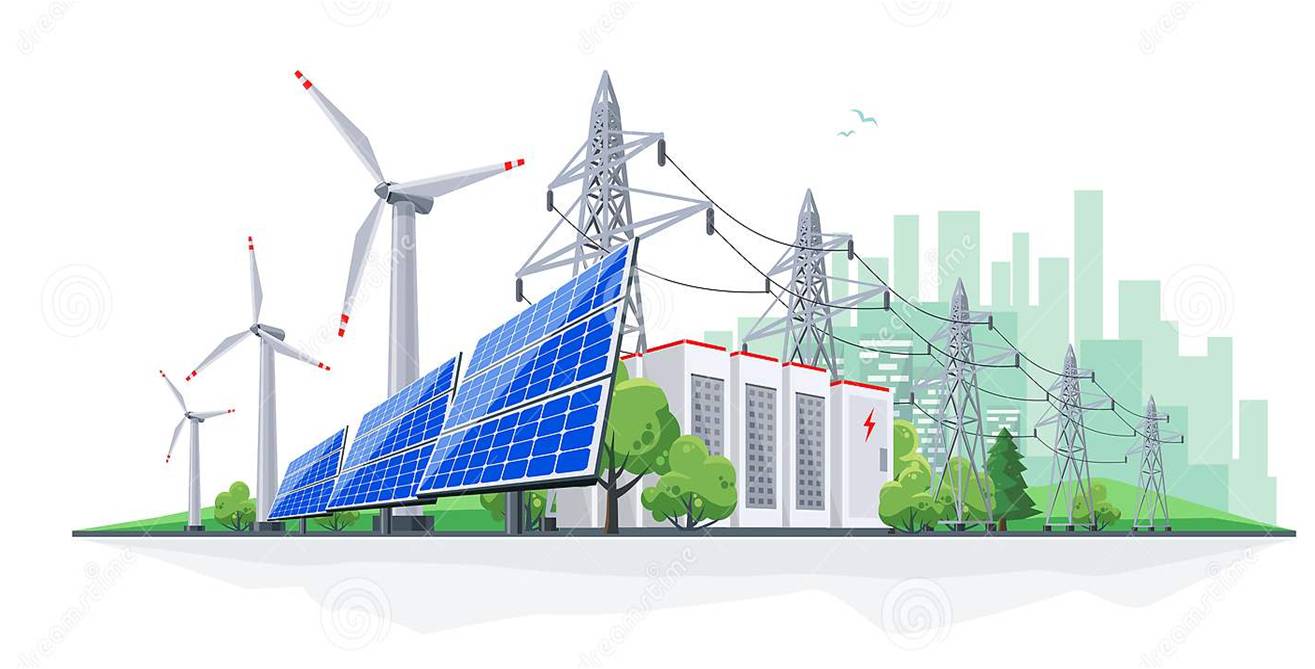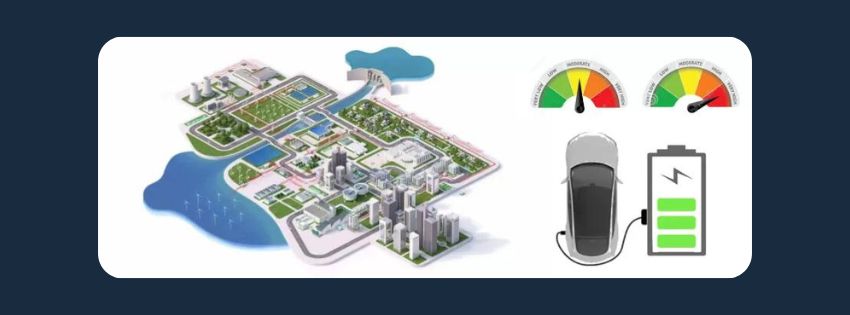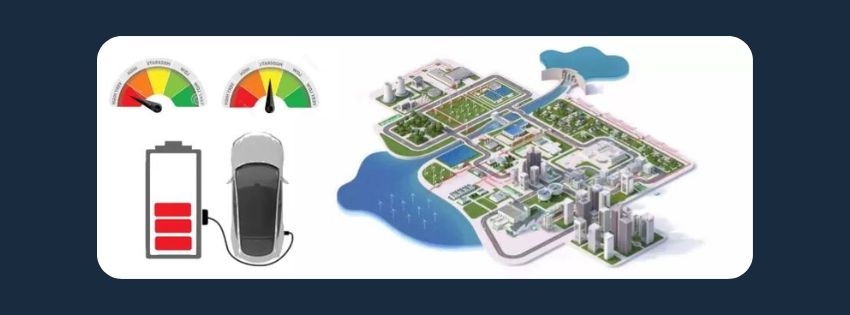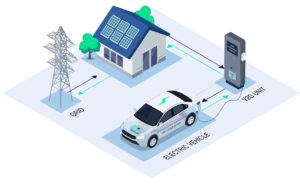Find the right charger
Tell us about your car and home to see recommendations.
The majority of EVs spend around 23 hours of the day stationary.
What if we could use this time for temporary stationary storage? What if the energy stored in your vehicle battery could be returned to the power grid at times of increased energy demand? What if you could supply your home entirely with your own solar power?
This is the vision behind high-tech Vehicle-to-Grid (V2G) and Vehicle-to-Home (V2H) developments; a vision which we at EVSE Australia strive towards implementing.
Bi-directional charging is exactly what it sounds like. With a little help from new technologies, we can either push electricity to the EV battery or electricity can be taken from the car battery and pushed back to the grid. For this technology to become mainstream, however, the following is required.

To this point, V2G is implemented through the DC line (CHAdeMO), which required the use of an expensive external bi-directional charger.
Using the AC network as opposed to the DC has many advantages with the biggest being cost and availability. Having an on-board charger/inverter drawn to V2G, adaptation and cost on the infrastructure side are minimal. Our alternating-current technology has the particularity of placing the reversible charger inside vehicles, so it just requires a simple, inexpensive adaptation of the existing charging terminals. This is currently the stage that ongoing development is focusing on.
The grid is powered by renewables with the energy supply higher than demand, charging the vehicle.
V2G technology is in the collection of excess generated power.


When the energy production is lower than the demand, vehicle charging stops
V2G technology now means the plugged-in EVs give energy back to the grid.
This is the concept of bi-directional charging.

What does this include?
Customer is contacted within 24 hours of enquiry by EVSE to book installation.
Install your EV Charger using our low fixed price installation package. Backed by our quality guarantee.
Up to 15 metre run from the electricity meter & home EV charger.
Industry leading 2-year replacement warranty.
EVSE believes in a green sustainable future by delivering the latest EV Charging technology at the lowest price. All our work is certified and guaranteed with the backing of global brands.
Our team of experts can provide specialist EVSE advice and are available to answer any of your questions over the phone





"*" indicates required fields

Tell us about your car and home to see recommendations.

Stocking the best Electric Car products from the World’s leading brands.

All of our EVSE products are compliant with Australian & International standards.